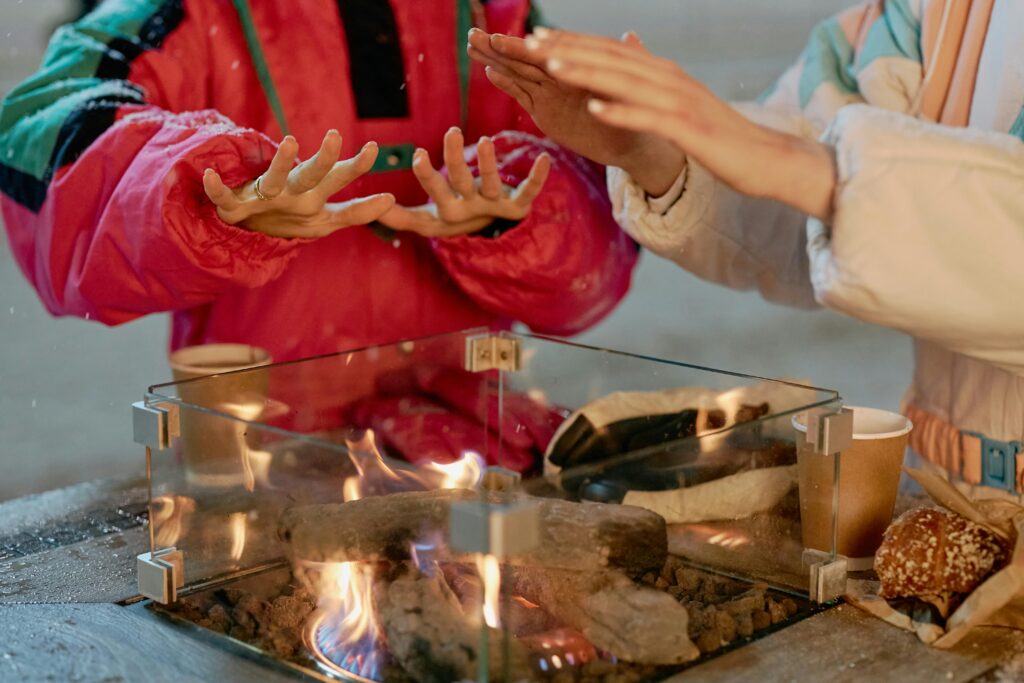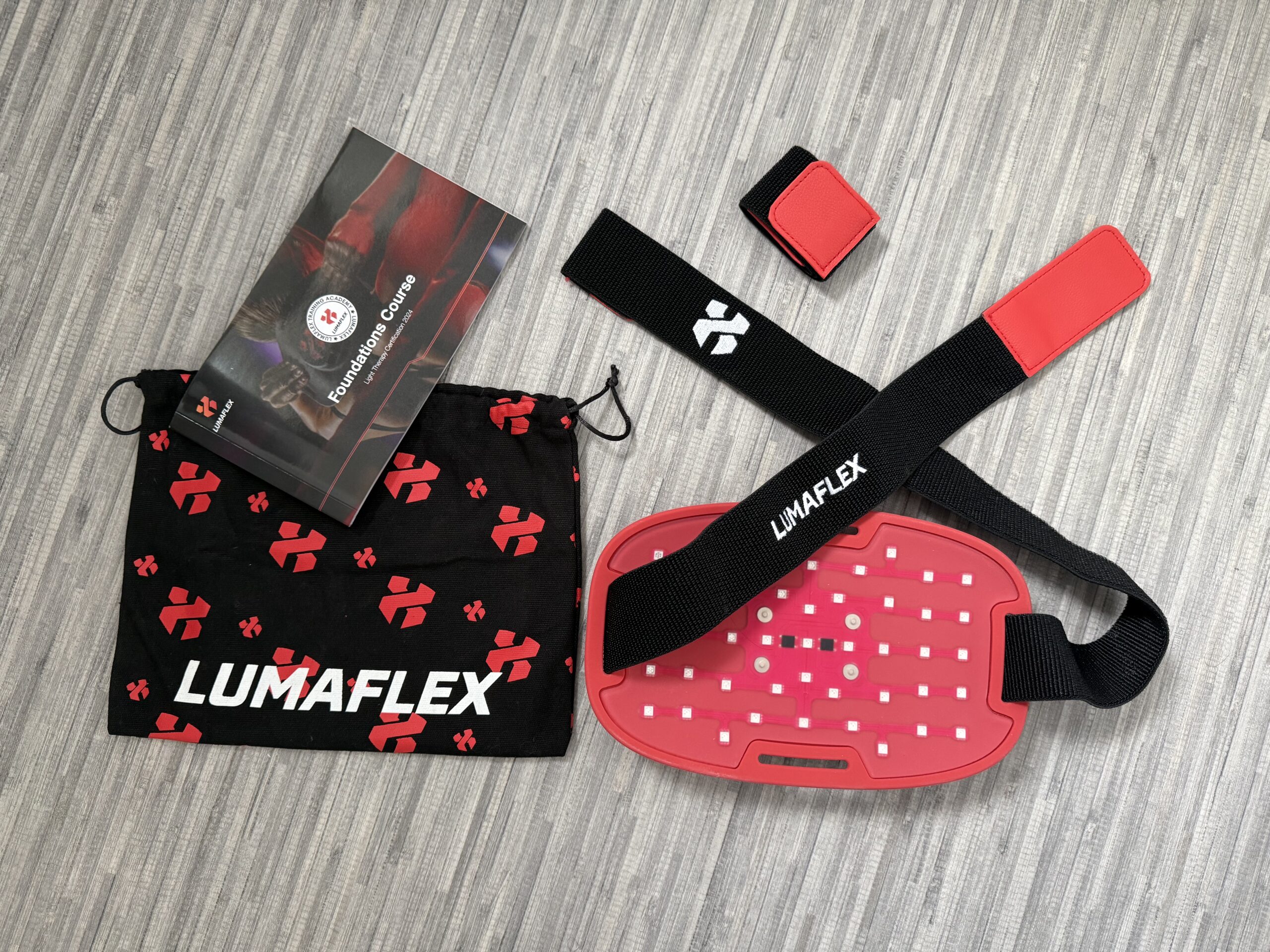How to Protect Your Fire Table from Rust and Weather Damage: Expert Tips
To keep your fire table in great condition, it's important to protect it from rust and weather damage. Regular maintenance is key to keeping your fire table looking nice and functioning well. By understanding the best practices for protecting your fire table, you can enjoy it for years to come.
Your fire table faces various weather elements that can lead to rust if not properly protected. One effective way to prevent rust is by covering your fire table when it's not in use, especially during rainy weather. This is important for both wood and gas fire tables. Covering can shield it from moisture and dirt, both of which can damage the surface over time.
For long-lasting enjoyment of your fire table, make sure to keep it clean and dry. This simple routine goes a long way in preventing rust and weather damage. Explore a variety of fire tables to find styles that suit your outdoor space. Keeping these tips in mind will help maintain your fire table’s appeal and functionality.

Understanding Fire Table Materials and Vulnerabilities
Fire tables can be made from various materials, each with its unique strengths and weaknesses. It's important to recognize the materials used and how they are affected by environmental factors to protect your fire table effectively.
Types of Materials Used in Fire Tables
Fire tables are commonly crafted from materials like steel, aluminum, concrete, and stone. Steel is strong but prone to rust if not treated properly. It often needs protective coatings. Aluminum is lightweight and naturally resistant to rust, making it a popular choice. However, it can be more susceptible to dents.
Concrete is sturdy and can withstand high temperatures, but it may crack under extreme weather conditions. Lastly, stone tables, such as those made from granite or slate, are durable and offer a natural look but might require sealing to prevent weather damage over time.
Common Causes of Rust and Weather Damage
Moisture is a primary cause of rust on metal fire tables. When left untreated, water can seep into the materials and lead to corrosion. For fire tables made from concrete or stone, exposure to rain and sunlight can cause weathering and fading.
It's important to place your fire table in a sheltered location to reduce its exposure to rain. Using covers can keep moisture at bay when the table is not in use. Regular cleaning and maintenance help in removing dirt or debris that might trap moisture, which can cause damage over time.
Maintaining and Protecting Your Fire Table
To keep your fire table in top condition, it's important to focus on regular cleaning, using covers, and storing it properly during the off-season. Each of these steps plays a role in protecting your fire table from rust and weather damage.
Routine Cleaning and Maintenance Tips
Regular cleaning is key to prolonging the life of your fire table. Start by wiping down the surface with a soft cloth to remove dust and dirt. Use a mild soap and water solution to clean any stubborn stains, avoiding harsh chemicals that might damage the finish.
Inspect the burners and other components for signs of wear or damage. Keep them clear of debris to guarantee proper functioning. Cleaning the burners with a soft brush or cloth helps maintain their efficiency.
For metal surfaces, consider applying a layer of protective wax. This adds a barrier against moisture, which can cause rust. Regular checks and minor cleaning make a significant difference in keeping your fire table looking good and working well.
Using Protective Covers and Treatments
Protective covers are important for shielding your fire table from the elements. Choose a high-quality, weather-resistant cover to keep out rain, snow, and debris, which can lead to rust and deterioration.
Apply protective treatments to improve the table's resistance to weather. There are sprays and sealants designed specifically for different materials, like metal or stone. These treatments add an extra layer of protection, helping your fire table withstand harsh conditions.
It's best to cover your fire table whenever it's not in use, especially if you live in an area with unpredictable weather. A good cover combined with protective treatments greatly extends the life of your fire table.
Proper Storage Techniques During Off-Season
Storing your fire table properly when not in use is another way to prevent damage. Move your fire table indoors during the off-season. This protects it from harsh weather and reduces the risk of rust.
If moving it indoors isn't an option, place it in a sheltered area outside. Use a sturdy cover to protect it from rain and snow. It can also elevate it slightly off the ground to avoid moisture buildup.
Remember to turn off the gas supply and disconnect any propane tanks if applicable. Keeping your fire table stored correctly guarantees it remains ready for enjoyment when the season returns.
Conclusion
Protecting your fire table from rust and weather damage is important for keeping it in good condition. Regular maintenance like cleaning and covering the table when not in use can make a big difference. Consider using a high-heat, rust-resistant paint to add an extra layer of protection.
By following these simple steps, you can enjoy your fire table for many years. Stay proactive to keep it looking great and functioning well.



